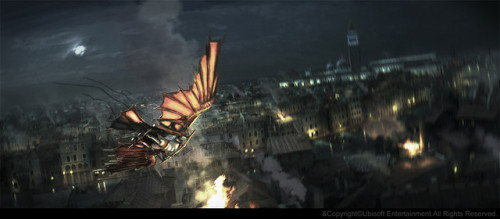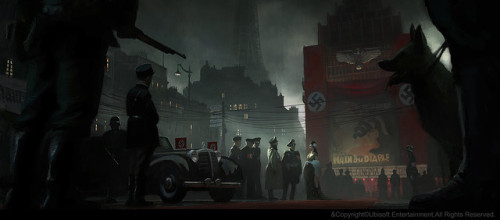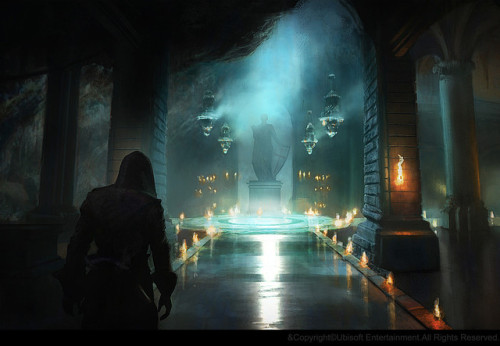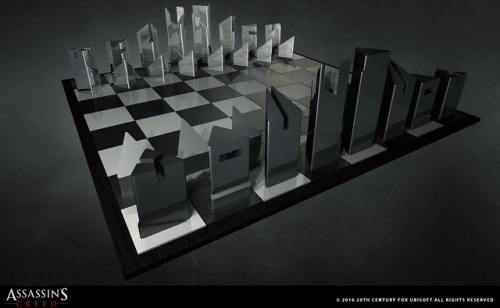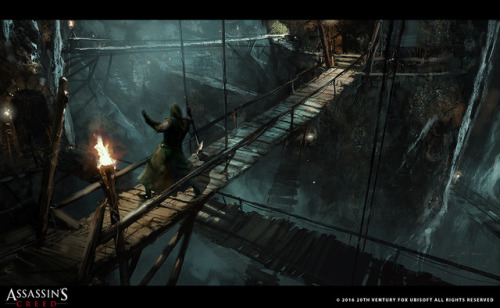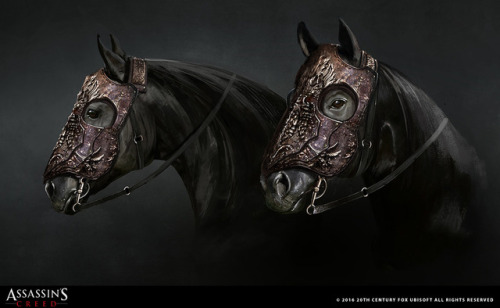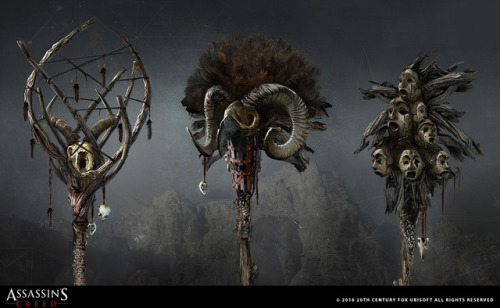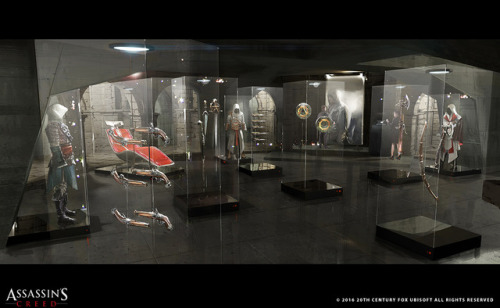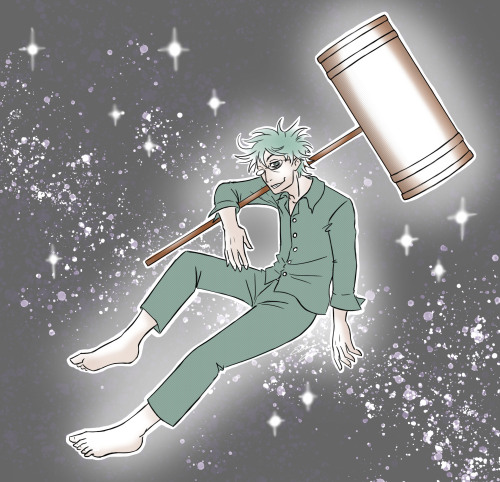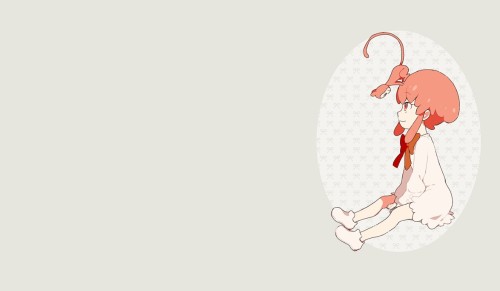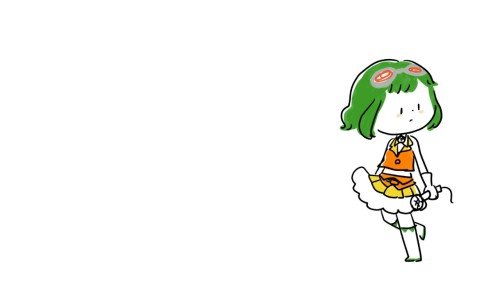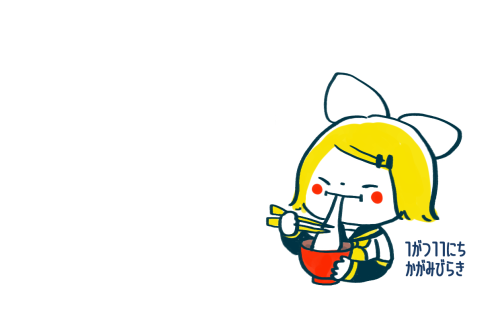#animus
In this article we’ll stray a bit from typology to cover another tremendously important part of Jung’s theory of personality. What we’re discussing here are archetypal complexes – webs of associated mental contents and attitudes, centred around a universal archetypal pattern. These function like sub-personalities, with their own character and motives, which is the basis of the ancient idea of the man with many souls. The most prominent and universal complexes are the persona, the shadow, the animaoranimus(generalised as soul), and the self.
First, a word about the Ego. I’ve mentioned it often but I haven’t given a technical definition. The Ego is actually a complex like the others, composed of an essential grouping of mental contents, however it is not like the others listed in this article. This is because the Ego is you– at least, the you that you experience, that you are aware of, that you define yourself as. The Ego is the centre of consciousness proper. However, the other “souls” can come into contact or clash with the Ego, creating a distortion of your conscious character and attitude. In some cases the Ego can identify itself completely with another complex, in which case the person becomes more of a solitary archetype than an individual (for example, a mother identifying completely with her role as Mother).
The persona is the mask we wear, or the role we play, in society and in our interactions with others. It’s a compromise between the subjective individual and the collective, how he ensures that society will accept him. As such, part of the defining qualities of the persona are decided by the outside world; it has one foot in, one foot out. It tends to be associated with the individual’s most differentiated functions, especially the extroverted ones. An individual can have many different personas, as many as there are areas of his life where he demonstrates a different set of behaviours. One for work, to appease his bosses and colleagues; one for home, the face he shows his family. Sometimes, the Ego might identify with the persona, in which case the individual believes that how he presents himself is how he really is. This is problematic, since he becomes an exponent of the collective rather than a real individual.
The shadow is the polar opposite of the Ego. Whatever the Ego decides it is not, the shadow enthusiastically takes hold of. It is practically the same as Freud’s id, full of repressed impulses, desires, and animal instincts. However, it’s also the source of great creativity, inspiration, and primal energy. Society is configured to repress the shadow – spontaneity is the enemy of order. However, Jung generally believes this is a mistake. When we suppress or “get rid of” unwelcome thoughts, feelings, or impulses, they don’t disappear but only become unconscious. Therefore, a righteous, moralistic, and pure conscious attitude means the “animal in us only becomes more beastlike”, perhaps explaining the brutality of Christian wars. (In addition to having the most explosive and sudden manifestations, a repressed shadow is also projected onto one’s enemies, providing a convenient excuse for vilification and brutality). On the other hand, when the Ego is in sync with the shadow, the creativity and spontaneity become great gifts. That said, the good always comes with the bad. Becoming conscious of one’s dark side can be an enormously painful task. All the unconscious, undifferentiated functions are associated with the shadow.
The soul is really two archetypes, the animain a man and the animusin a woman. It is the whole existence of the opposite sex in one’s own psyche, a man’s femininity and a woman’s masculinity. As a result of cultural pressures and biological factors, the anima and animus tend to be quite unconscious in men and women respectively, although to varying degrees. They become the “inner personality” – the secret, subtle underbelly of the individual, which warrants the alternative title of “soul”. Like other unconscious contents, the soul is projected, in this case onto members of the opposite sex (especially those who closely match the qualities and characteristics of the soul-complex. In this way, the soul constitutes our pre-formed expectations in romantic relationships). This results in a passionate attraction or aversion, and the whole phenomena of infatuation. It’s as if the other person really held a piece of one’s soul. As the inner personality, the soul has another function: it guides the individual in exploring their own unconscious, even appearing as an effective “spirit guide” in dreams. Like the persona, it has one foot in, one foot out, but the latter foot rests in the collective unconscious – the mythological “inner world”. The soul is associated with the inferior function.
Finally, there is the self. The self is the totality of the whole personality, everything that is conscious as well as unconscious. It is also the centre, the guiding, organising, unifying principle of the psyche. According to Jung, the task of a lifetime is to know the self (“self-knowledge”, duh), and by knowing it we actualise and embody it. In practise, the self is our “inner voice”, represented in certain religions by inner divinity, and in certain cultures as an “inner man/woman” or ancestor. Since, in some ways, it is a vision of what we could potentially become, it can appear in dreams and stories as a wise old man (in men) or a wise-woman (in women), although also as a cruel senex or terrifying Earth-mother. Later on, it could appear as a hermaphrodite, since it unifies both anima and animus, and even a Mandala (“magic circle”). This article actually lists the sequence of personal development in order – before one can start to develop the self, he has to detach himself from his persona, come to terms with his shadow, and reunite with his soul. The self is the cohesive unity of all the other aspects, which was always present but only had to be discovered and listened to. The self is associated with all the functions in equal measure.
To recap: The archetypal complexes are the many sub-personalities of an individual. The Ego is the centre of consciousness, what he considers to be “me”. The persona is our outwards face, the role we play to fit into society. The shadow is everything that is rejected by the Ego, and includes all the animal energy and impulses. The soul or anima/animus is the contrasexual aspect of a man or woman. It helps them relate to the opposite sex, and it is also the inwards face that brings them in touch with the deep unconscious. The self is the archetype of unity, the totality of the whole personality. The task of life is to know the self, and in knowing it, to become it.
Wisdom from Christian D. Larson:
Depend only upon yourself, but work in harmony with all things.
What we love in others we not only awaken in others, but we develop those very things more or less in ourselves.
It is better to have faith in everybody and be deceived occasionally than to mistrust everybody and be deceived almost constantly.
To keep any great nation up to a high standard of civilization there must be enough superior characters to hold the balance of power, but the very moment the balance of power gets into the hands of second-rate men and women, a decline of that nation is inevitable.
Never permit circumstances to change your plans, but give so much character to your plans that they will change circumstances. Give so much character to the current of your work that all things will be drawn into that current, and that which at first was but a tiny rivulet, will thus be swelled into a mighty, majestic stream.
Your thought will be as brilliant as the brilliancy you think into your thought, and how much brilliancy you will think into your thought will depend upon how high your realization of brilliancy happens to be at the time. When your thinking is brilliant, you will be brilliant, but if your thinking is not brilliant you will not be brilliant, no matter how brilliant you may think you are.
When others seem to take advantage of you, do not retaliate by trying to take advantage of them. Use your power in improving yourself, so that you can do better and better work. That is how you are going to win in the race. Later on, those who tried to take advantage of you will be left in the rear. Remember, those who are dealing unjustly with you or with anybody are misusing their mind. They are therefore losing their power, and will, in the course of time, begin to lose ground; but if you, in the mean time, are turning the full power of your mind to good account, you will not only gain more power, but you will soon begin to gain ground. You will gain and continue to gain in the long run, while others who have been misusing their minds will lose mostly everything in the long run. That is how you are going to win, and win splendidly regardless of ill treatment or opposition.
Post link
On Discrimination, on Prejudice, on Apathy

So, recently, those who pay attention may have noted that Apathy has been making its way into my three A’s that lead into discrimination.To understand why that is, you have to look at a few things that factor into it. To do that, you have to look at what it is that operates here.
When persons in a state or condition of power express the sentiment that they are being discriminated against…
Art from the Assassin’s Creed franchise by Gilles Beloeil, showcasing numerous scenes that never made it to the final cut of the games, including a First Civilization site from Assassins’ Creed: Syndicate. Full album: http://thecodex.network/gilles-beloeil/
Post link
Concept arts from the Assassin’s Creed Movie by Kamen Anev showcasing various elements in detail, some did not make it to the final cut of the movie. http://thecodex.network/kamen-anev/
Post link
Why Socionics is NOT wrong about Duality
duals are not complete opposites. they are in the same quadra. what does that mean? they share “all” the valued functions. not only that, duals help each other where they are the most lazy or stubborn or unmotivated. oh yeah, do tell me how important orderliness is as an entp, how should i eat properly, sleep in time, plan my stuff etc. i will only tell you shut up b1dch. so an isfj who does all those things with “zero effort”, naturally, is NOT even working FOR entp. they are just being themselves like usual and entp benefits. the same way, tell isfj how she should be positive and try new things and take it easy, relax, adapt to new situations. tell isfj, oh, it’s gonna be ok, just try, just learn from your errors. but entp does all those things just normally.
isfj the caretaker. entp the mischievous peter pan personality. nobody can take entp bullshzt easier than isfj. nobody has more buffer for entp. and nobody can take isfj bull easier than entp either. duality requires no work. entp being entp just autmatically compatible with isfj with all his antics and vice versa.
now at this point you can argue: but are “no work” relationships good for you? maybe not. you think you can adapt to an infp or intj as an entp? go right ahead. improve your other functions, don’t be lazy. but most won’t do that and what socionics says is this: there’s a natural compatibility between duals. even before a ton of personal development. otherwise, if you develop your mind, body and soul… then you can also do a “true opposite” like entp & isfp. that’s relations of conflict. fi dom AND se aux AND ne polr, etc.
learning about cognitive functions can be that development itself. understanding how different other types are wired, wherein lies their “don’t press me” buttons. when you know those things suddenly things are much more easier to control. for example an xntp will bust your balls each time you make a logical error. but if xntp likes his xnfp and knows how cruel it would be to hurt the cute unicorn hearts of them, then xntp can control himself.
ALSO NEVER FORGET: socionics’s duality is just jung’s anima/animus renamed.








